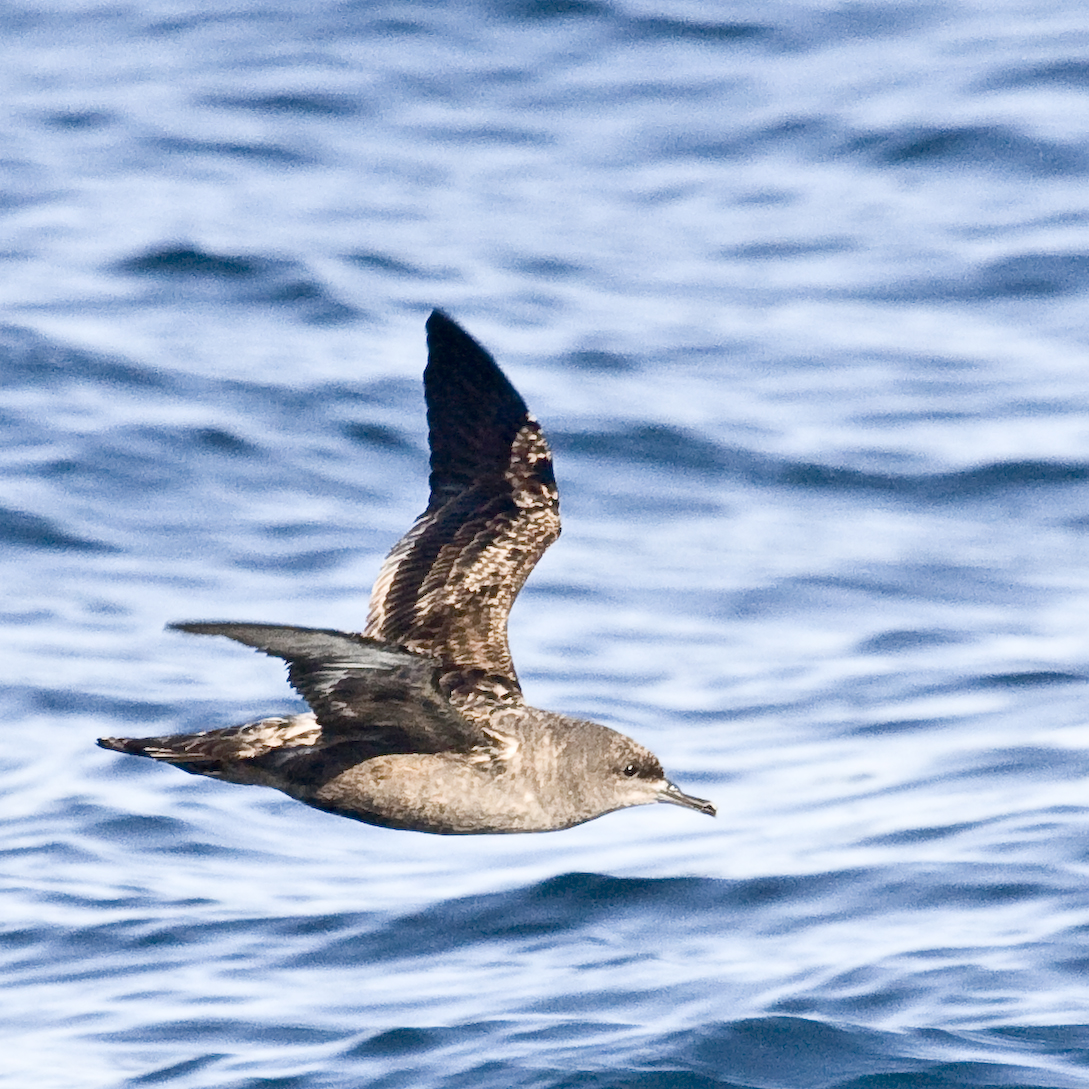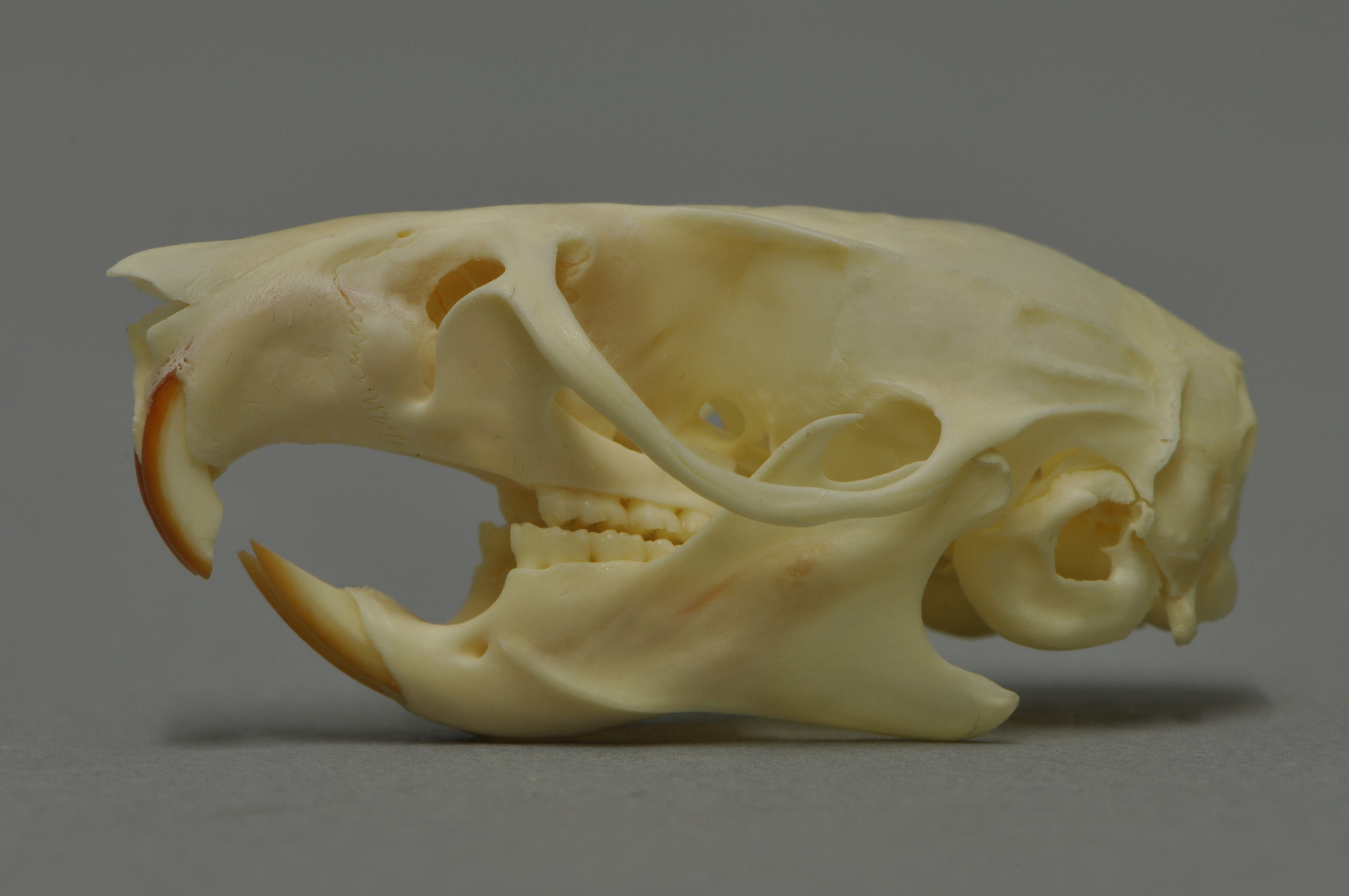|
Bushwren
The bushwren (''Xenicus longipes''), also known as the in the Māori language, is an extinct species of diminutive and nearly flightless bird that was endemic to New Zealand. It had three subspecies on each of the major islands of New Zealand, the North Island, South Island, and Stewart Island / Rakiura and nearby smaller islands. The species disappeared gradually after the introduction of invasive mammalian predators, last being seen on the North Island in 1955 and the South Island in 1968. Attempts were made to save the remaining population on small islands off Stewart Island, but they ultimately failed with the death of the last remaining known birds in 1972. Taxonomy German naturalist Johann Friedrich Gmelin described the bushwren in 1789. Description It grew to about 9 cm long and 16 g in weight. It fed mostly on invertebrates, which it captured by running along the branches of trees. It nested on or near the ground. Behaviour Bushwrens had a hopping or bobbing ... [...More Info...] [...Related Items...] OR: [Wikipedia] [Google] [Baidu] |
Taukihepa / Big South Cape Island
Taukihepa / Big South Cape Island is an offshore island of New Zealand to the west of the southern tip of Stewart Island / Rakiura. The island is the largest of the Tītī / Muttonbird Islands, and as such has no permanent inhabitants but is visited by muttonbirders in search of sooty shearwaters, known in New Zealand as "muttonbirds". Māori named the island "Taukihepa" and Europeans, who arrived later, called it "Big South Cape". The island was given dual names in 1998 as part of a Treaty of Waitangi settlement with Ngāi Tahu. The island is the largest of a group of islands off the southwestern coast of Stewart Island / Rakiura, from which it is separated by a wide channel. Surrounding smaller islands include Poutama Island to the south, Putauhina Island and the Putauhina Nuggets to the northwest, and Solomon Island to the north. The island rises to a height of at its centre, and numerous small streams run to the coast. Named features on the island include two inlets – M ... [...More Info...] [...Related Items...] OR: [Wikipedia] [Google] [Baidu] |
Johann Friedrich Gmelin
Johann Friedrich Gmelin (8 August 1748 – 1 November 1804) was a German natural history, naturalist, chemist, botanist, entomologist, herpetologist, and malacologist. Education Johann Friedrich Gmelin was born as the eldest son of Philipp Friedrich Gmelin in 1748 in Tübingen. He studied medicine under his father at University of Tübingen and graduated with a Master's degree in 1768, with a thesis entitled: ', defended under the presidency of Ferdinand Christoph Oetinger, whom he thanks with the words '. Career In 1769, Gmelin became an adjunct professor of medicine at University of Tübingen. In 1773, he became professor of philosophy and adjunct professor of medicine at University of Göttingen. He was promoted to full professor of medicine and professor of chemistry, botany, and mineralogy in 1778. He died in 1804 in Göttingen and is buried there in the Albanifriedhof, Albani cemetery with his wife Rosine Louise Gmelin (1755–1828, née Schott). Johann Friedrich Gm ... [...More Info...] [...Related Items...] OR: [Wikipedia] [Google] [Baidu] |
Huiarau Range
The Huiarau Range is a range of mountains in Te Urewera in the northeast of New Zealand's North Island. Part of the spine of mountains that run roughly parallel with the island's east coast, it is a southwestern extension of the Raukumara Range, lying between the end of that range and the North Island Volcanic Plateau. Peaks within the range include Mount Manuoha (1403 m/4602 ft), Maungataniwha (1369 m/4491 ft), and Maungapohatu (1366 m/4482 ft). Lake Waikaremoana Lake Waikaremoana is located in Te Urewera in the North Island of New Zealand, northwest of Wairoa and west-southwest of Gisborne. It covers an area of . From the Māori Waikaremoana translates as 'sea of rippling waters'. The lake lies wi ... lies close to the southern edge of the range. Mountain ranges of New Zealand Landforms of the Gisborne District Landforms of Hawke's Bay Te Urewera (protected area) {{HawkesBay-geo-stub ... [...More Info...] [...Related Items...] OR: [Wikipedia] [Google] [Baidu] |
Naturalis
Naturalis Biodiversity Center () is a national museum of natural history and a research center on biodiversity in Leiden, Netherlands. It was named the European Museum of the Year 2021. Although its current name and organization are relatively recent, the history of Naturalis can be traced back to the early 1800s. Its collection includes approximately 42 million specimens, making it one of the largest natural history collections in the world. History The beginnings of Naturalis go back to the creation of the Rijksmuseum van Natuurlijke Historie (abbreviated RMNH, National Museum of Natural History) by royal decree on August 9, 1820. In 1878, the geological and mineralogical collections of the museum were split off into a separate museum, remaining distinct until the merger of the Rijksmuseum van Natuurlijke Historie with the Rijksmuseum van Geologie en Mineralogie (abbreviated RGM) in 1984, to form the Nationaal Natuurhistorisch Museum (NNM) or National Museum of Natural Hi ... [...More Info...] [...Related Items...] OR: [Wikipedia] [Google] [Baidu] |
John Gerrard Keulemans
Johannes Gerardus Keulemans (8 June 1842 – 29 March 1912) was a Dutch bird illustrator. For most of his life he lived and worked in England, illustrating many of the best-known ornithology books of the nineteenth century. Biography Keulemans was born in Rotterdam. As a young man he collected animal specimens for museums such as the Natural History Museum in Leiden, whose director, Hermann Schlegel, encouraged Keulemans and sent him on the 1864 expedition to West Africa. In 1869, he was persuaded by Richard Bowdler Sharpe to illustrate his '' Monograph of the Alcedinidae, or Family of Kingfishers'' (1868-1871) and to move to England, where he lived for the rest of his life. He was married twice, and had eight children by his first wife and seven children by his second wife. Only nine of his children reached adulthood. He also wrote topics on spirituality, and claimed he had a premonition at the moment of death of one of his sons. He died in Ilford, Essex (now part of Greater Lo ... [...More Info...] [...Related Items...] OR: [Wikipedia] [Google] [Baidu] |
New Zealand Wildlife Service
The New Zealand Wildlife Service was a division of the Department of Internal Affairs responsible for managing wildlife in New Zealand. It was established in 1945 (as the Wildlife Branch) in order to unify wildlife administration and operations that were being carried out by the department. The Conservation Act 1987 established the Department of Conservation. The New Zealand Wildlife Service was subsequently dissolved, and its roles and staff were transferred to the newly formed department. __NOTOC__ See also *Conservation in New Zealand Conservation in New Zealand has a history associated with both Māori and Europeans. Both groups of people caused a loss of species and both altered their behaviour to a degree after realising their effect on indigenous flora and fauna. Prote ... References Further reading * External linksMuseum of New Zealand Te Papa Tongarewa- New Zealand Wildlife Service collection Government agencies of New Zealand Nature conservation organ ... [...More Info...] [...Related Items...] OR: [Wikipedia] [Google] [Baidu] |
Black Rat
The black rat (''Rattus rattus''), also known as the roof rat, ship rat, or house rat, is a common long-tailed rodent of the stereotypical rat genus ''Rattus'', in the subfamily Murinae. It likely originated in the Indian subcontinent, but is now found worldwide. The black rat is black to light brown in colour with a lighter underside. It is a generalist omnivore and a serious Pest (organism), pest to farmers because it feeds on a wide range of agricultural crops. It is sometimes kept as a pet. In parts of India, it is considered sacred and respected in the Karni Mata Temple in Deshnoke. Taxonomy ''Mus rattus'' was the scientific name proposed by Carl Linnaeus in 1758 for the black rat. Three subspecies were once recognized, but today are considered invalid and are now known to be actually Morph (zoology), color morphs: *''Rattus rattus rattus'' – roof rat *''Rattus rattus alexandrinus'' – Alexandrine rat *''Rattus rattus frugivorus'' – fruit rat Characteristics A ty ... [...More Info...] [...Related Items...] OR: [Wikipedia] [Google] [Baidu] |
Feral
A feral (; ) animal or plant is one that lives in the wild but is descended from domesticated individuals. As with an introduced species, the introduction of feral animals or plants to non-native regions may disrupt ecosystems and has, in some cases, contributed to extinction of indigenous species. The removal of feral species is a major focus of island restoration. Animals A feral animal is one that has escaped from a domestic or captive status and is living more or less as a wild animal, or one that is descended from such animals. Other definitions include animals that have changed from being domesticated to being wild, natural, or untamed. Some common examples of animals with feral populations are horses, dogs, goats, cats, rabbits, camels, and pigs. Zoologists generally exclude from the feral category animals that were genuinely wild before they escaped from captivity: neither lions escaped from a zoo nor the white-tailed eagles re-introduced to the UK are regarded ... [...More Info...] [...Related Items...] OR: [Wikipedia] [Google] [Baidu] |
Fiordland
Fiordland (, "The Pit of Tattooing", and also translated as "the Shadowlands"), is a non-administrative geographical region of New Zealand in the south-western corner of the South Island, comprising the western third of Southland. Most of Fiordland is dominated by the steep sides of the snow-capped Southern Alps, deep lakes, and its steep, glacier-carved and now ocean-flooded western valleys. The name "Fiordland" derives from the New Zealand English spelling of the Scandinavian word for steep glacial valleys, "fjord". The geographic area of Fiordland is dominated by, and roughly coterminous with, Fiordland National Park, New Zealand's largest national park. Due to the often steep terrain and high amount of rainfall supporting dense vegetation, the interior of the Fiordland region is largely inaccessible. As a result, Fiordland was never subjected to notable logging operations, and even attempts at whaling, seal hunting, and mining were on a small scale and short-lived, p ... [...More Info...] [...Related Items...] OR: [Wikipedia] [Google] [Baidu] |
Nelson Lakes National Park
Nelson Lakes National Park is in the South Island of New Zealand, at the northern end of the Southern Alps. It was created in 1956 (one of four created in the 1950s). The park contains beech forests, multiple lakes, snow-covered mountains and valleys created by glaciers during the ice ages. History The lands and waters of Nelson Lakes National Park are of significance to many Māori nations partly because the waters of the lakes are important sources for the rivers running through various regions. These nations or iwi include: Ngāti Apa ki te Rā Tō, Ngāti Kuia, Rangitāne, Rangitāne o Wairau, Ngāti Rārua, Ngāti Tama, Ngāti Tama ki Te Tau Ihu, Ngāti Toa, Ngāti Toa Rangatira and Te Atiawa o Te Waka-a-Māui and earlier, Ngāti Tūmatakōkiri. The colonial New Zealand Company claimed to have purchased a large area of the South Island including the area of the Nelson Lakes National Park in 1839, this was disputed and discredited in 1844. The disputed claims were settle ... [...More Info...] [...Related Items...] OR: [Wikipedia] [Google] [Baidu] |







